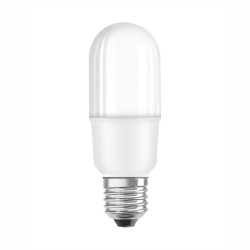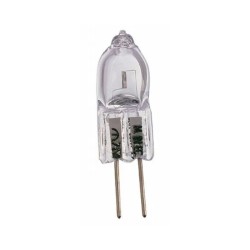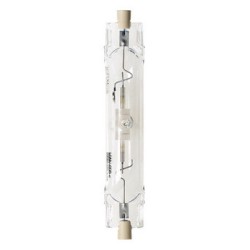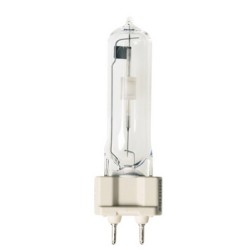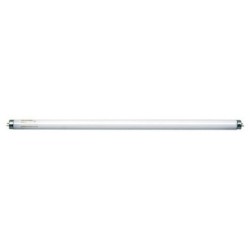Many customers have asked us to advise them on what is the correct colour temperature for their LED lights; in this article, we present a quick guide to choosing the colour temperature of the LED lights.Keep reading to find a quick guide on:Warm White vs Cool White - what's the difference?Where should we use Warm White Lights?Where should we use Cool White Lights?Where should we use Daylight Lights?Conclusion: what colour temperature do we need? Before the LED lighting revolution, it used to be so simple: incandescent lights, halogen lamps, and fluorescent lamps; now, things are more complicated, for every LED lamp has a certain Wattage, Lumen output, and Colour Temperature. It used to be quite easy before, when the halogen lamp reached its end of life, you would simply change it to another halogen lamp. Similarly with the incandescent lamps and the low voltage lamps. Nowadays, however, you need to make sure you order the right brightness, the correct colour temperature, and the exact lamp beam so that all these match the existing lamps on the ceiling or the wall. There are many guides, comparisons and charts out there related to the colour temperature of LED lights, and with the recent advancement in LED technology, there are now CCT selectable lamps, which are available via Sparks here. But in this article, we would like to explain the difference between warm white, cool white, extra warm white, daylight, and other colour temperatures that are mentioned on the box of the LED lamp or the integrated LED light fitting. Quick Guide to the LED Lamps Colour TemperatureWarm White vs Cool White - what's the difference?What is the difference between warm white light and cool white light? The colour of light emitted by a lamp can be warm or cool, on a spectrum, depending on the need. The CCT, the Correlated Colour Temperature, in lighting, describes how the colour of the light appears from an LED Lamp or LED light fitting, and it is measured in Kelvins (K). There is a scale from 1000K (which is a very red light) to 10.000K (which is a very blue light). The higher you go on the Kelvin scale, the closer the light emitted resembles blue daylight. The higher the colour temperature, the "cooler" a lamp will look, that is, the more blue-ish the light emitted is. Here is a quick guide to the Kelvins, the Type of lamp used, the colour temperature, the appearance, and the place it is used. Kelvins (K) AppearanceHow it Looks/feelsLight TypeLocation1000Kcandlelight redyellow light1800Kvintage-look filament lamp,orange lightultra warm whitevintage lighting2000K-3000KOrange to yellow or gold white lightCalming light, Cosy, Inviting, and Intimate LightWarm WhiteBedroom, living room, dining room, decorative lights, garden lights3000K-4500Kbright white, blueish whitebright light, vibrant light, inviting, blueish white, crispCool Whitebathroom, home office, work environment, kitchen, commercial properties, outdoor lights4500K-6500Kvery bright whiteappears as daylight, illuminating, powerful bright lightdaylightfloodlight, security light, garage and workshop, hospital, schools6500K-7000Kcool daylight10000Kblue skyblue lightIn simple terms, the colour temperature of an LED lamp is based on how the colour of the heated metal changes as its temperature is increased, from red to yellow and then blue.The range of colours at different temperatures has become useful for describing the colour tint of white light. At Sparks we stock a variety of warm white LED Lamps, extra warm white LED lamps, cool white LED lamps, and daylight LED lamps. The difference between warm white and cool white is that the warm white light is more yellowish while the cool white light is more blueish. Where to use Warm White LED Lights? What about Cool White LED Lamps?Warm white and cool white are the most popular colours of lights; warm white can be either 2700K or 3000K, and cool white is 4000K. Daylight, for instance, is 6500K, and it mimics the daylight. The question is, where is it suitable for warm white light to be used, and what about the cool white light? Based on our experience with hundreds of customers and on the vast knowledge out there related to colour temperature in LED Lamps, here is our advice.Warm White Lights - All Around the HomeWarm white lights are recommended to be used at home, especially in the living room, dining room, and wherever at home you want to create a warm atmosphere, an inviting and relaxing light. The 3000K and 2700K warm white lights offer an orangey-yellow light, similar to what the older incandescent or halogen lamps used to offer. They are ideal for use in the bedroom for ceiling, wall, or table lighting, and you can also use them in the living room, the dining room, the conservatory, and even in the garden as summer lights for example. To create a warm atmosphere at home, warm white light bulbs are recommended for the table lamps, bedside lamps, and desk lights. You can say that there is soft white light between 2700K and 3000K, and the warm white is between 3000K and 4000K on the Kelvin scale.Buy Warm White LED lamps at Sparks Check out the GU10 warm white lights, G9 warm white lights, E27/ES warm white LED lamps, and the E14/SES warm white LED lamps available at Sparks. Cool White Lights - In the Office and in Busy AreasWhere are the cool white lights suitable to be installed and used? They emit a brighter and more vibrant light, a more blueish light, and they appear closer to daylight. It is recommended to use cool white lamps in more lively areas, where you want to make sure people stay awake and do activities. For example, you can use a cool white LED lamp in the bathroom, in the kitchen, and in utility rooms at home. Also, they are recommended to be used in the office and other work environments. Also, you can use cool white lights in the garage or other places where you need brighter light for completing tasks. The cool white lights mimic the light colour temperature offered by the fluorescent tube lights. Wherever there used to be a fluorescent lamp, the cool white lights are recommended. They are perfect for commercial properties. You can say that cool white is between 4000K and 5000K on the Kelvin scale.Buy Cool White LED Lamps See the cool white G9 lamps, E27/ES lamps, E14/SES lamps, and GU10 lamps at Sparks. Also, check out the cool white LED panels, ideal for office lighting, and the cool white LED battens.Daylight Lights - OutdoorsThe brightest and closest to the daylight are the daylight light fittings and daylight LED lamps, 6000K and 6500K. Where are the daylights most suitable to be used? It is recommended to use them where daylight is required. For example, you can use daylight lights and LED lamps outdoors in the yard, forecourt, floodlighting, security lighting, and sports venues. At home you can safely use daylight lighting to light up the driveway or as garden lights. You can accentuate or highlight features outdoors with daylight lighting, but indoors it is recommended to use cool white when you do the same. We can say that daylight is between 5000K and 6500K on the Kelvin scale. Such light shines bright and exposes every detail, hence it is the preferred light temperature for hospitals, large offices, and classrooms.Buy Daylight LED Lights At Sparks we distribute a wide range of daylight flood lights, daylight LED striplights, daylight security lights, and even daylight LED lamps and tubes. Conclusion: What colour Temperature do we need at Home or Office?In conclusion, you can say that it is up to the preference of the homeowner and the atmosphere you want to create in different venues and rooms around the house or at the office. If you want to create a more relaxed atmosphere, warm white lights are recommended. If you want to create an atmosphere for studying, working, and doing activities, cool white lights are the best. If you want to mimic the daylight in order to highlight or light up the driveway or the facade of the house, daylight is the most suitable. If you want to have a table lamp for reading a book or light up a living space, warm white lights are recommended, since they offer a more relaxing light. but if you want the people visiting or working in a room to be alert and have higher visibility, cool white is more recommended. This is valid for both indoor and outdoor lighting. For more information on the colour temperature you need, do not hesitate to contact us.Disclaimer: the images used for the different color temperatures have been taken from the world wide web - they were not created by us. If they are bound by copyright, we can take them down - simply let us know.





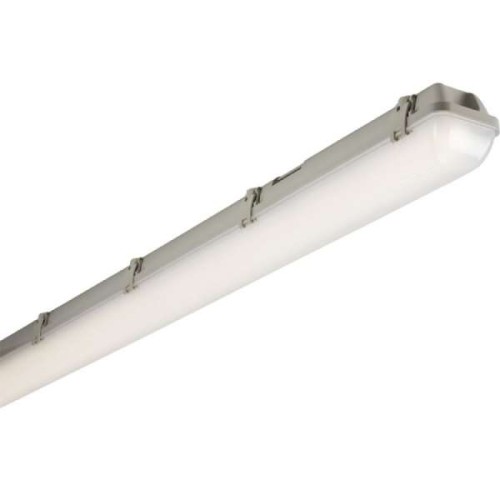
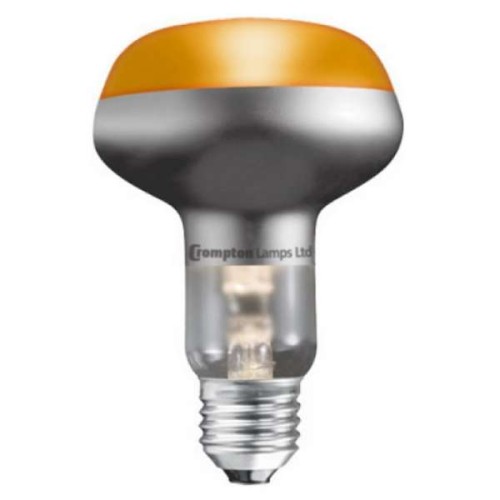
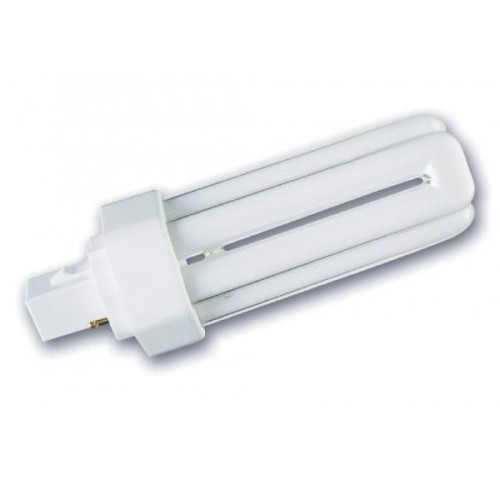
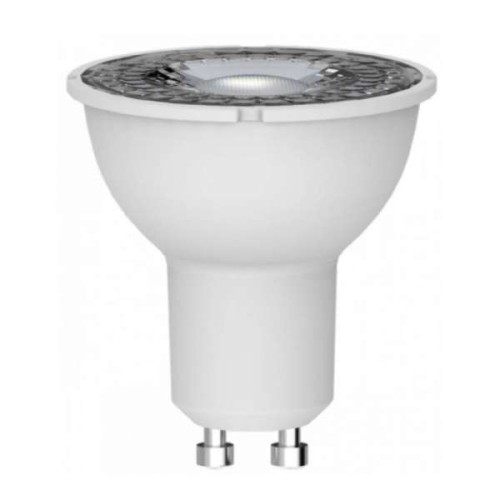

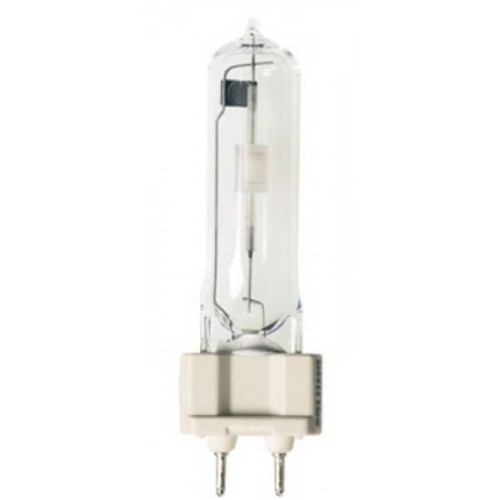
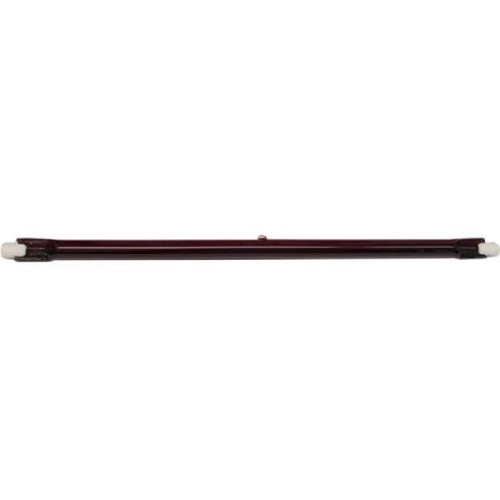

-250x250.jpg)
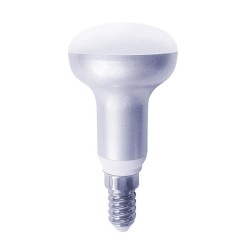
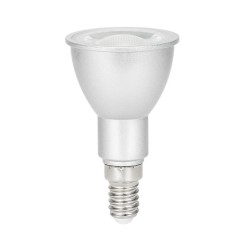
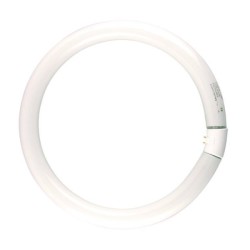

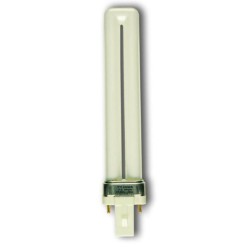

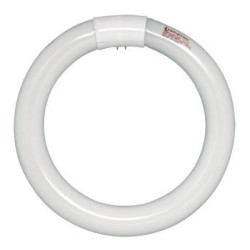
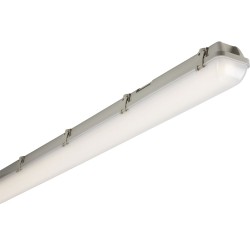
-250x250.jpg)
